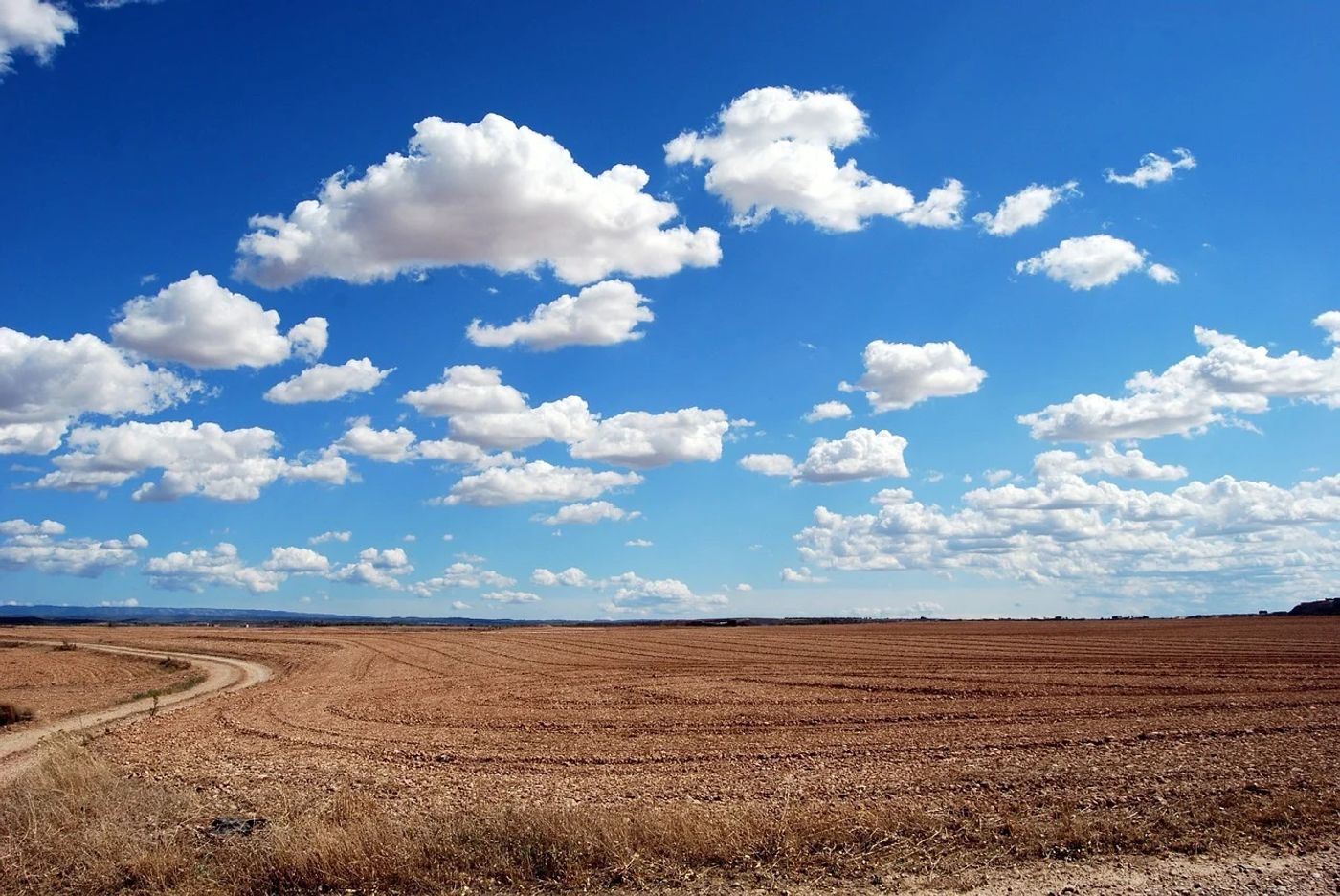Historical land dispossession makes Native Americans more vulnerable to climate change
Indigenous nations across the United States have lost 98.9% of their historical land base, and more than 42% of tribes from the historical period through modern day do not possess federally recognized land. And, those who do still possess land tend to have about 2.6% of their estimated historical area. Because of this, Native Americans are now more exposed to the effects of climate change.
These results were recently published in Science by a team led by Justin Farrell from Yale University. The study aimed to quantify the massive loss of lands by Indigenous nations since European settlers began colonizing the United States, and examine the long-term environmental and economic impacts.
In addition to quantifying the land loss, the researchers found connections to questions of climate risk and the availability of natural resources. Present-day Native lands are exposed to more days with extreme heat and decreased precipitation, and are also less likely to have valuable subsurface resources like oil and gas. There is also an increased risk of wildfires for about half of all tribes.
The authors argue that this isn’t necessarily a coincidence and is, in fact, the byproduct of the U.S. government removing Indigenous people from their lands and trying to displace them so that they could build a massive industrial economy. While the risk of climate change may not have been known at the time, the settlers still purposefully pushed Indigenous peoples onto lands thought to be less economically important.
The study took seven years to complete, and data was made publicly available with the Native Land Information System, a repository of resources and information to help defend and protect native lands. The authors hope that other scholars and members of Indigenous nations will contribute data moving forward which could help to provide a more complete, accurate picture of the extent of land dispossession.
This study is the first to quantify on a large scale how European settlers, and later the U.S. government, pushed Indigenous peoples onto marginal lands, and in doing so left them more exposed to the effects of climate change than they would have otherwise been. Ideally, results from this study will spearhead movements to return lands to their tribes in an effort to begin addressing some of the inequalities Native Americans have faced due to the dispossession of their land.
Sources: New York Times, Science, University of Michigan, Native Land Information System, NPR









